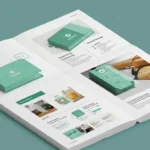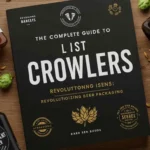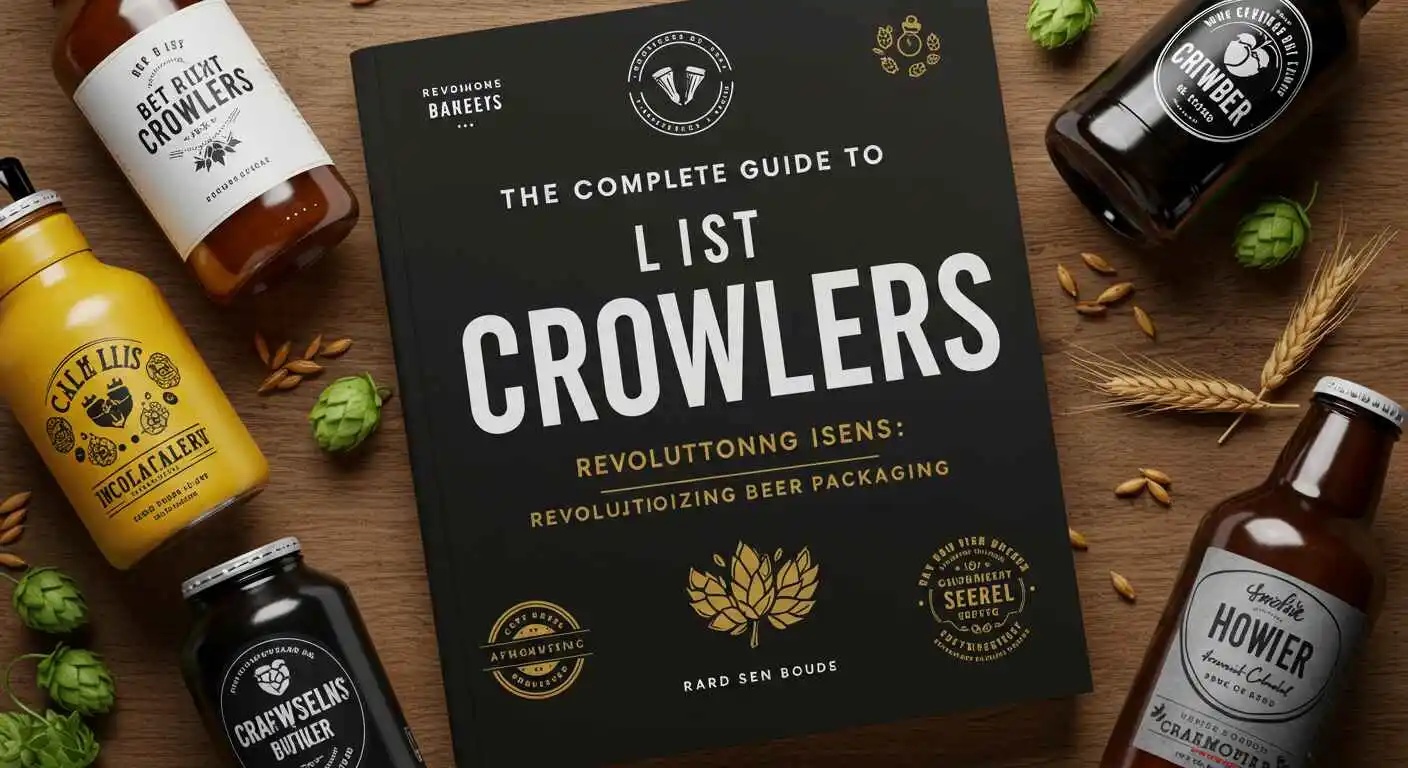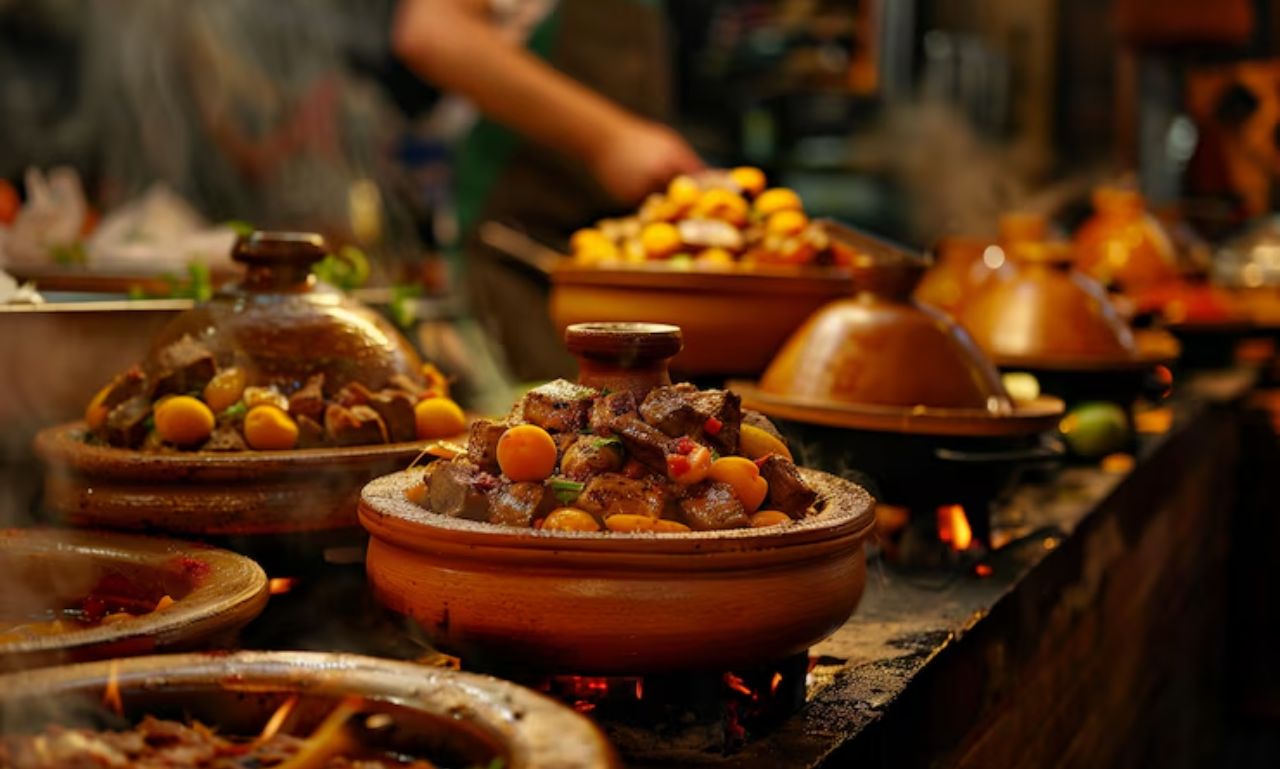List crowlers represent the next evolution in beer packaging technology. These innovative containers combine the convenience of cans with the freshness of draft beer. Unlike traditional growlers, list crowlers offer breweries a professional, ready-to-sell package straight from the filling line. The craft beer industry has embraced this packaging solution for its numerous advantages over conventional options.
What Exactly Are List Crowlers?
List crowlers are large-format aluminum cans designed specifically for breweries. They typically come in 32oz and 64oz sizes, perfect for sharing or enjoying over multiple sessions. The term “list” refers to the pre-printed mandatory information required by alcohol regulations. These cans feature brewery branding, beer details, and government warnings printed directly on the aluminum.
The Technology Behind List Crowlers
Modern can seamers create an airtight seal that preserves beer freshness. The filling process involves purging oxygen from the can before sealing. Advanced lining technology prevents metallic tastes from affecting the beer’s flavor. Many breweries now use automated systems that fill and seal dozens of crowlers per hour.
Why Brewers Love List Crowlers
Professional brewers appreciate the consistent quality these containers provide. The pre-printed labels eliminate the need for separate labeling steps. Aluminum’s complete light blocking protects delicate hop flavors. Many breweries report significant reductions in product waste after switching to this system. The stackable design optimizes storage space in crowded brewhouses.
Benefits for Beer Drinkers
Consumers enjoy fresher beer that lasts longer than traditional growlers. The lightweight cans are easy to transport and store. No more worrying about broken glass or lost deposits. The professional labeling helps identify contents and freshness dates easily. Many beer enthusiasts report better carbonation retention compared to glass options.
Environmental Advantages
List crowlers offer several sustainability benefits worth noting. Aluminum has one of the highest recycling rates of any material. The production process creates less carbon emissions than glass manufacturing. Empty cans take up minimal space in recycling bins. Some breweries have reduced their packaging waste by 40% after switching.
Comparing Packaging Options
When stacked against alternatives, list crowlers shine in several areas. They outperform glass growlers in freshness preservation and durability. Compared to standard crowlers, they offer better branding opportunities. Unlike bottles, they’re completely impervious to light damage. The professional appearance commands premium pricing at retail.
Proper Handling and Storage
To maximize freshness, store list crowlers in cool, dark conditions. Refrigeration is ideal but not strictly necessary for short-term storage. Avoid temperature fluctuations that can affect carbonation levels. Always check the packaging date when purchasing. Once opened, consume within 2-3 days for best flavor.
Industry Adoption Trends
Craft breweries nationwide are rapidly adopting this packaging solution. Many states have updated regulations to accommodate crowler sales. Some regional breweries have completely phased out glass growlers. Industry analysts predict continued growth in the coming years. The convenience factor drives consumer demand higher each year.
Purchasing Considerations
Breweries should evaluate several factors before switching. Minimum order quantities vary by supplier. Lead times for custom printed cans can be several weeks. Equipment costs for can seamers require careful budgeting. Many packaging companies offer financing options for small breweries.
Creative Applications
Innovative brewers find new uses for list crowlers regularly. Special edition releases benefit from custom can designs. Collaborations between breweries look impressive in matching packaging. Seasonal offerings stand out with themed artwork. Some breweries use them for experimental small batches.
Consumer Education
Many breweries include handling instructions on their crowlers. Staff training ensures proper explanations to customers. Informative displays help shoppers understand the benefits. Some breweries create comparison charts showing freshness timelines. Proper education increases customer satisfaction and repeat purchases.
Quality Control Measures
Reputable suppliers maintain strict production standards. Can linings must meet food-grade safety requirements. Seam integrity testing ensures proper seals every time. Many breweries conduct regular quality checks on incoming shipments. Proper handling procedures prevent denting during transport.
Cost Analysis
While initial costs are higher than glass, savings emerge over time. Reduced breakage lowers replacement expenses. Higher perceived value allows for premium pricing. Storage and shipping efficiencies create operational savings. Many breweries see payback within the first year of use.
Regulatory Compliance
List crowlers meet all federal labeling requirements. State regulations vary regarding container sizes and markings. Breweries must include specific alcohol content information. Government warning statements must appear in the proper format. Many suppliers help breweries navigate compliance issues.
Future Innovations
The industry continues developing new crowler technologies. Smart packaging with freshness indicators shows promise. Some companies experiment with different can sizes. Eco-friendly lining materials are in development. Digital printing allows for smaller custom runs.
Common Concerns Addressed
Some consumers worry about metallic tastes, but modern linings prevent this. Others question the environmental impact, though aluminum recycles infinitely. A few breweries hesitate due to equipment costs, but leasing options exist. Seasonal temperature changes affect all packaging types similarly.
Serving Suggestions
List crowlers pour best when chilled properly. Allow the can to settle before opening if transported. Use a glass to appreciate the beer’s appearance and aroma. Consider sharing larger sizes with friends. Some beers benefit from brief breathing time after opening.
Cleaning and Recycling
Empty crowlers require minimal preparation for recycling. A quick rinse prevents sticky residues. Remove any plastic lids if present. Check local recycling guidelines for specific instructions. Many communities offer curbside aluminum recycling.
Frequently Asked Questions
How long does beer stay fresh in a crowler?
Properly sealed crowlers maintain quality for 4-6 weeks when refrigerated.
Can I reuse a list crowler?
No, they’re designed for single use only due to sanitation concerns.
Do all breweries use list crowlers?
Adoption is growing, but availability depends on individual brewery preferences.
Are they more expensive than growlers?
Initial cost is higher, but many find the benefits justify the price.
Final Thoughts
List crowlers represent a significant advancement in beer packaging technology. They offer benefits for both breweries and consumers that traditional options can’t match. As the craft beer industry evolves, these innovative containers will likely become standard. Their combination of freshness, convenience, and sustainability makes them an excellent choice for modern beer lovers.








